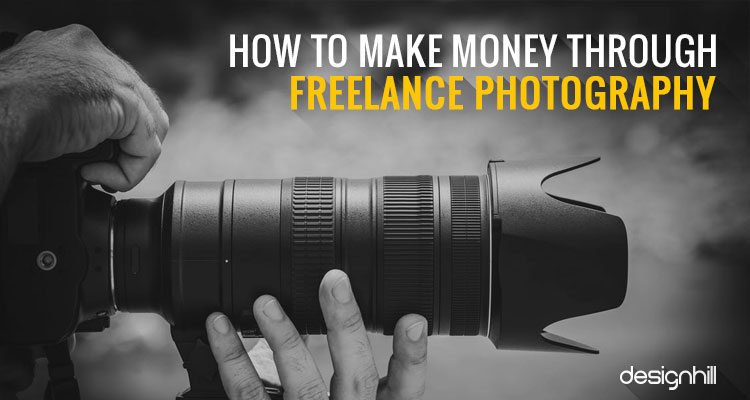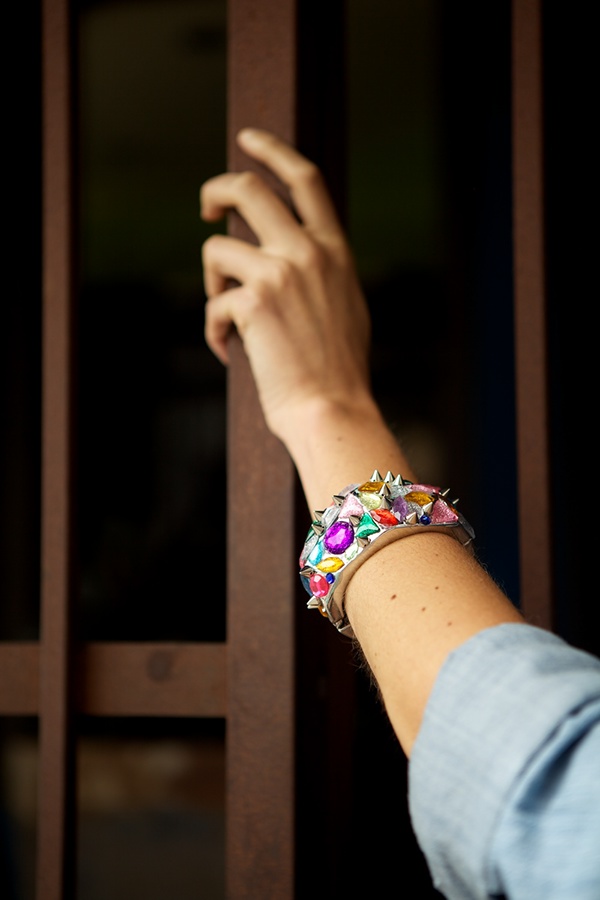Master Earning Through Freelance Product Photography for E-commerce Stores

In the bustling world of e-commerce, product photography is the silent salesperson that can make or break a sale. Imagine walking into a store where the shelves are empty, and the only way to see the products is through a tiny, blurry window. That's what poor product photography feels like for online shoppers. As a freelance product photographer, you have the power to transform that window into a vibrant, enticing showcase. But how do you turn this skill into a lucrative income stream? Let's dive in and explore the world of earning through freelance product photography for e-commerce stores.
The Power of Visual Storytelling
In the realm of e-commerce, visuals are king. High-quality product photography can increase conversion rates by up to 30%. But why is this? Think of it like a first date. You want to make a great first impression, right? The same goes for products. Clear, compelling images capture the viewer's attention and create an emotional connection.
Understanding E-commerce Photography
E-commerce photography is all about showcasing products in their best light—literally. It's about capturing the essence of a product, from its texture to its functionality. Whether it's a sleek gadget or a cozy sweater, your photos should tell a story that resonates with the viewer.
Getting Started: Essential Gear and Skills
Before you can start earning freelance, you need the right tools and skills. Here's a checklist to get you started:
- Camera: A DSLR or mirrorless camera is ideal, but even a high-quality smartphone can work wonders.
- Lenses: A macro lens for close-ups and a standard zoom lens for versatility.
- Lighting: Natural light is great, but investing in studio lights can give you more control.
- Software: Editing software like Adobe Lightroom or Photoshop is essential for post-processing.
Product Photography Tips for Beginners
- Lighting is Key: Use natural light or softbox lighting to avoid harsh shadows.
- Background Matters: A clean, white background is often best, but don't be afraid to get creative.
- Consistency: Maintain a consistent style across all your photos to build a cohesive portfolio.
- Details Matter: Highlight the unique features of each product.
- Practice Makes Perfect: The more you shoot, the better you'll get.
Building Your Portfolio
Your portfolio is your calling card in the world of freelance product photography. It's your chance to showcase your skills and style. Start by photographing products you have at home or borrow from friends. Once you have a solid base, consider offering free or discounted shoots to local businesses in exchange for testimonials and more portfolio pieces.
Creating a Compelling Portfolio
- Diversity: Showcase a variety of products to demonstrate your versatility.
- Quality Over Quantity: Focus on a few high-quality images rather than a flood of mediocre ones.
- Storytelling: Each photo should tell a story about the product.
- Professionalism: Ensure your portfolio is well-organized and easy to navigate.
Finding Clients and Building Relationships
Finding clients is the lifeblood of any freelance business. Here are some strategies to get you started:
- Networking: Attend industry events, join online communities, and connect with other professionals.
- Social Media: Platforms like Instagram and LinkedIn are great for showcasing your work and connecting with potential clients.
- Freelance Platforms: Websites like Upwork and Fiverr can be a good starting point for finding gigs.
- Cold Outreach: Reach out to e-commerce businesses directly with a personalized pitch.
Building Long-Term Relationships
Once you land a client, focus on building a long-term relationship. Offer exceptional service, meet deadlines, and go the extra mile. Happy clients are more likely to refer you to others and provide repeat business.
Maximizing Your Photography Income
Earning freelance isn't just about landing clients; it's about maximizing your income. Here are some tips to help you boost your earnings:
- Set Competitive Rates: Research industry standards and adjust your rates accordingly.
- Offer Packages: Create bundled services to encourage repeat business.
- Upsell and Cross-Sell: Offer additional services like retouching or lifestyle shots.
- Passive Income: Sell stock photos or create online courses to generate passive income.
Diversifying Your Income Streams
Don't rely on a single source of income. Diversify your offerings to include services like product videos, 360-degree photography, or even consulting services. This not only boosts your earnings but also makes you more valuable to clients.
Case Study: A Success Story in Freelance Product Photography

Meet Sarah, a freelance product photographer who turned her passion into a thriving business. Sarah started by photographing her own handmade jewelry and posting the images on Instagram. Her stunning photos caught the eye of local boutiques, who hired her to shoot their products.
Over time, Sarah built a diverse portfolio and a strong network of clients. She now earns a six-figure income from her photography business, offering a range of services from product shots to lifestyle photography. Her story is a testament to the power of perseverance and the importance of building strong client relationships.
Conclusion: Your Path to Success
Mastering the art of earning through freelance product photography is a journey filled with creativity, hard work, and endless opportunities. By understanding the power of visual storytelling, building a compelling portfolio, finding clients, and maximizing your income, you can turn your passion into a profitable career.
Remember, every successful journey starts with a single step. Whether you're just starting out or looking to take your business to the next level, the key is to stay focused, keep learning, and never stop improving.
FAQs
What equipment do I need to start freelance product photography?
- A good camera, a few lenses, lighting equipment, and editing software are essential. However, you can start with a high-quality smartphone and natural light if you're on a budget.
How do I set my rates as a freelance product photographer?
- Research industry standards and consider factors like your experience, the complexity of the shoot, and the client's budget. Don't be afraid to adjust your rates as you gain more experience.
How can I find clients for my freelance product photography business?
- Networking, social media, freelance platforms, and cold outreach are all effective strategies for finding clients. Building a strong portfolio and offering exceptional service can also lead to referrals.
What are some tips for creating a compelling portfolio?
- Focus on diversity, quality, storytelling, and professionalism. Showcase a variety of products and ensure your portfolio is well-organized and easy to navigate.
How can I maximize my income as a freelance product photographer?
- Set competitive rates, offer packages, upsell and cross-sell, and diversify your income streams. Passive income sources like stock photos or online courses can also boost your earnings.

With dedication, skill, and a passion for capturing the essence of products, you can master the art of earning through freelance product photography. So, grab your camera and start your journey today!
Belum ada Komentar untuk "Master Earning Through Freelance Product Photography for E-commerce Stores"
Posting Komentar